If seeing giant redwood trees isn’t on your bucket list, it should be! Discover what’s so unique about these magnificent trees and the BEST places to find them in California. Here’s a sneak peek of what’s inside: where to find the biggest redwoods in California, a helpful map, tips for hiking, how to help save the redwoods and more!
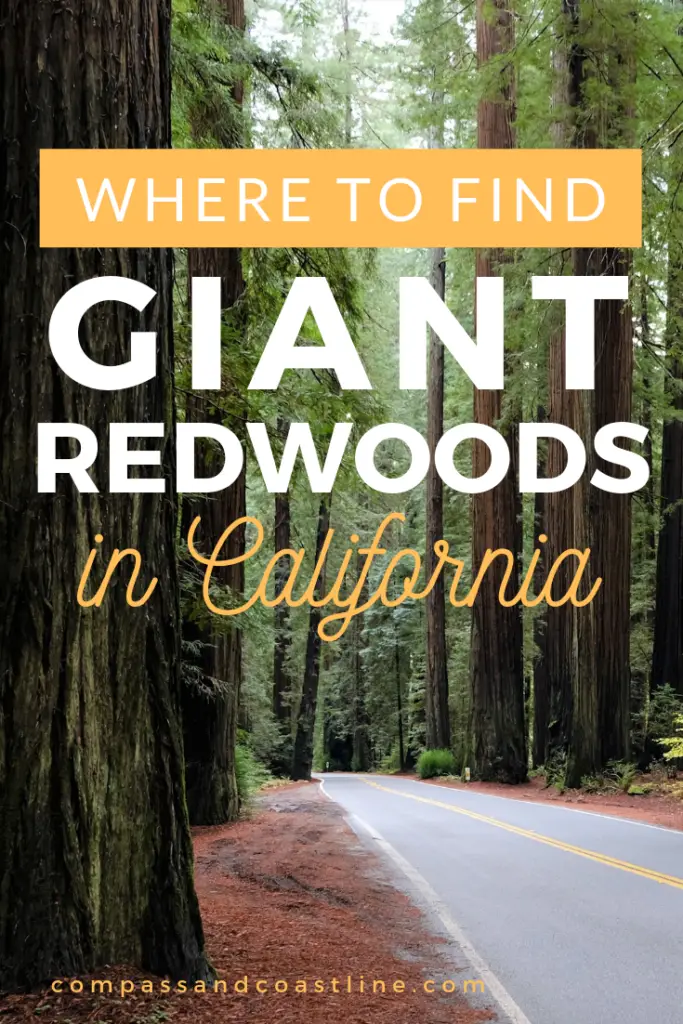
Hands down, the most awe-inspiring thing I’ve seen in years is the magnificent giant redwoods in California.
Did you know the tallest tree on Earth is in California?
At over 2,000 years old, redwoods truly are a wonder to behold.
Wanting to see them for myself, earlier this year I decided to take a California coast road trip. As I was planning my trip, I was pleasantly surprised to discover all the different places you can see redwoods in California.
There are LOTS of options!
So I set out on my trip and what I found was amazing, to say the least…
The tranquility of walking through the forest, combined with the cool, crisp air and the towering trees all around you… it’s pretty amazing. And something you need to experience for yourself!
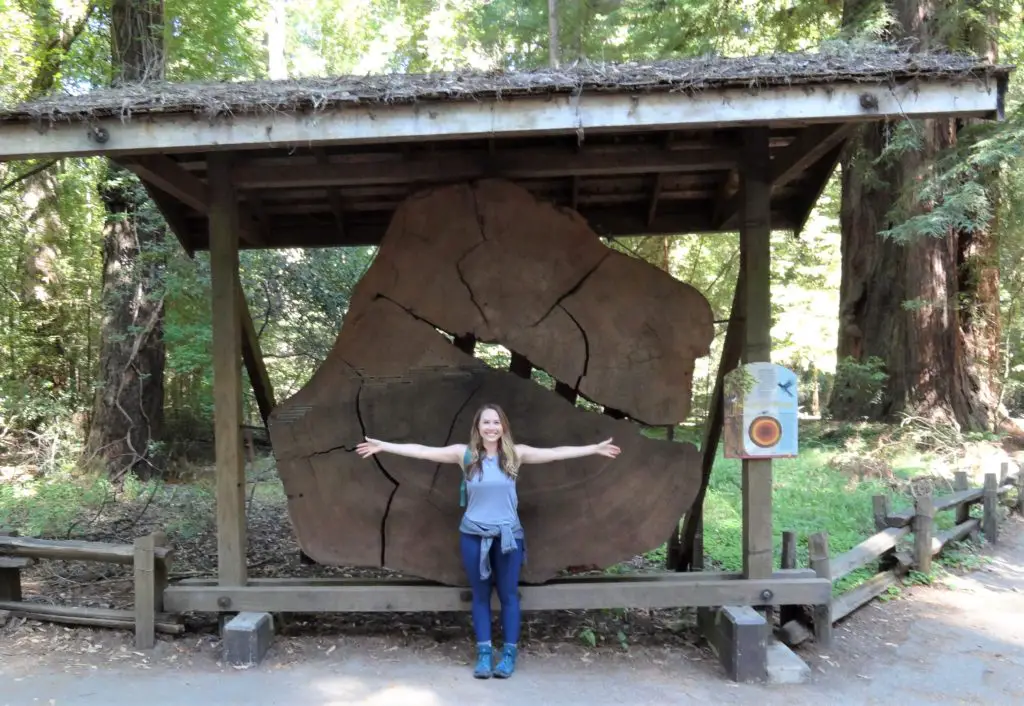
Disclosure: Any tips or products shared are things I truly believe in. If you take action (ie make a purchase) after clicking one of the affiliate links, I’ll earn some money which helps me continue creating travel content for you. Thank you for your support!
See The Redwoods in California
If you’re looking for an epic trip and want to see something truly rare and iconic, consider this your comprehensive guide to finding redwoods in California.
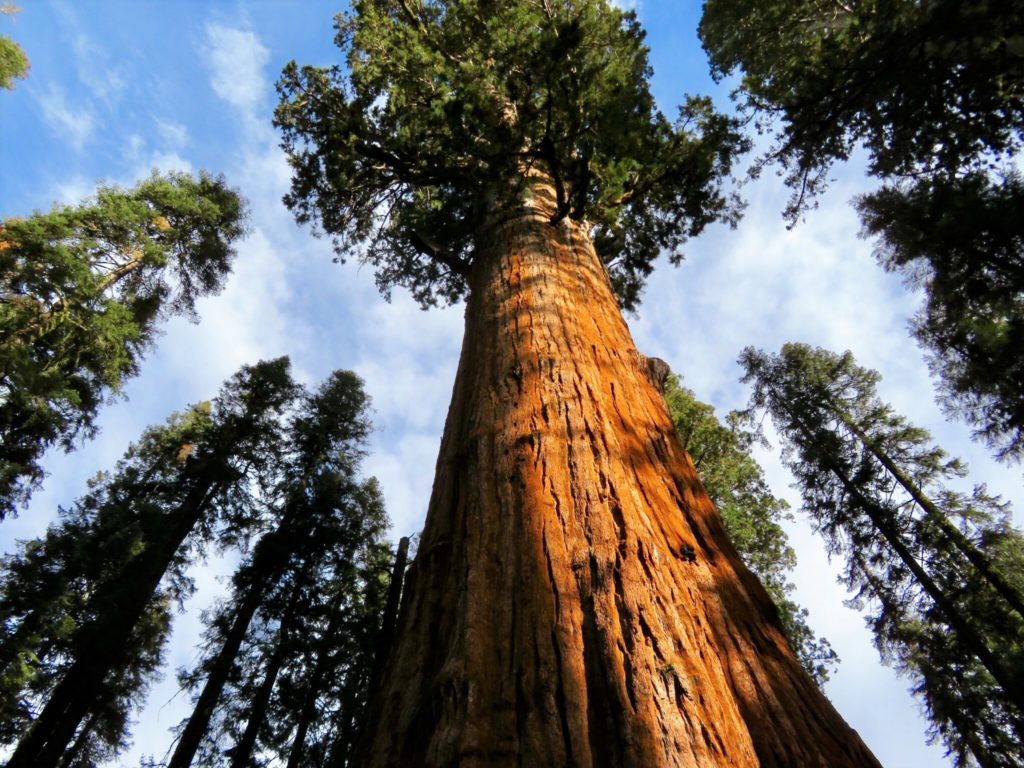
In this post, I’ll be sharing tons of valuable information about redwood trees (and all the things I wish I’d known before my trip!):
- where to find the redwoods (map included)
- advice for planning your trip
- tips for what to pack and what to wear
- the difference between giant sequoias and coast redwoods
- finding the tallest (and biggest) redwood trees
- other unique things you can do while exploring the redwoods
- how to help preserve the redwoods
California Redwoods Map
The map below gives you an overview of exactly where you can see redwoods in California. There are over 15 different locations, ranging from northern to central California, and extending east near the Nevada border.
Each park offers something different: some are known for giant sequoias (more on that later), while others feature coast redwoods. There are even redwood trees big enough to drive a car through!
TIP: Use this map as a starting point to plan your trip and get familiarized with all the places to see redwoods in California
Know Before You Go
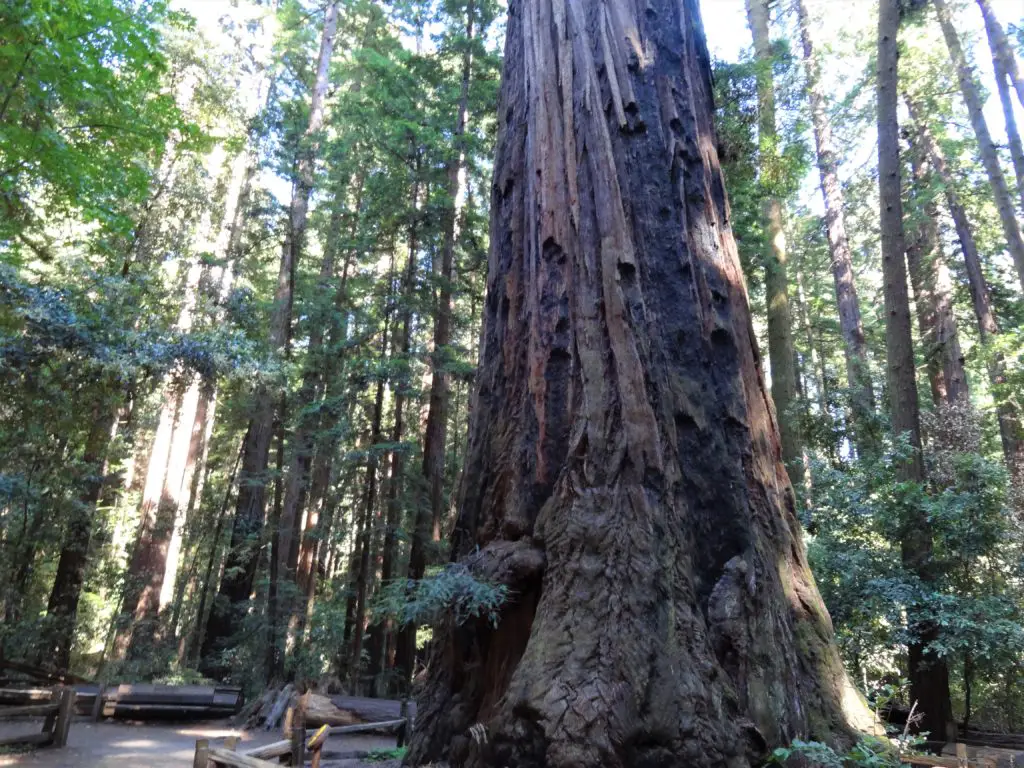
- Many of the parks are within driving distance of one another (meaning you can probably see 1-3 different spots on your trip if you’d like some variety!)
- If you’re starting in either San Francisco or Sacramento, it’s less than a 2-hour drive to get to the redwoods. And speaking of the proximity to the city, check out my post here for a fun weekend in San Francisco. If you need a rental car, I recommend rentalcars.com
- The northernmost parks are more remote and will likely require more extensive travel to reach
- If you want to see Yosemite, be sure to plan your trip well in advance, (accommodations book up quickly and it isn’t uncommon for people to book a year out)
- Looking for a great place to stay? Learn how to find the best Airbnb
- Most parks charge a small entry fee, so it’s a good idea to have some cash on hand
- There are actually three different species of redwood trees! And 2 out of 3 are found only in the U.S. (in this post I’ll explain the difference and why it matters)
Where To Find Giant Sequoias
Giant sequoias (formally named sequoiadendron giganteum) are one species of redwood trees. Of the different types, giant sequoias are the most enormous. In fact, the General Sherman Tree in Sequoia National Park is the most massive living thing on Earth! Giant sequoias grow to be over 300 feet tall and live up to 3,000 years.
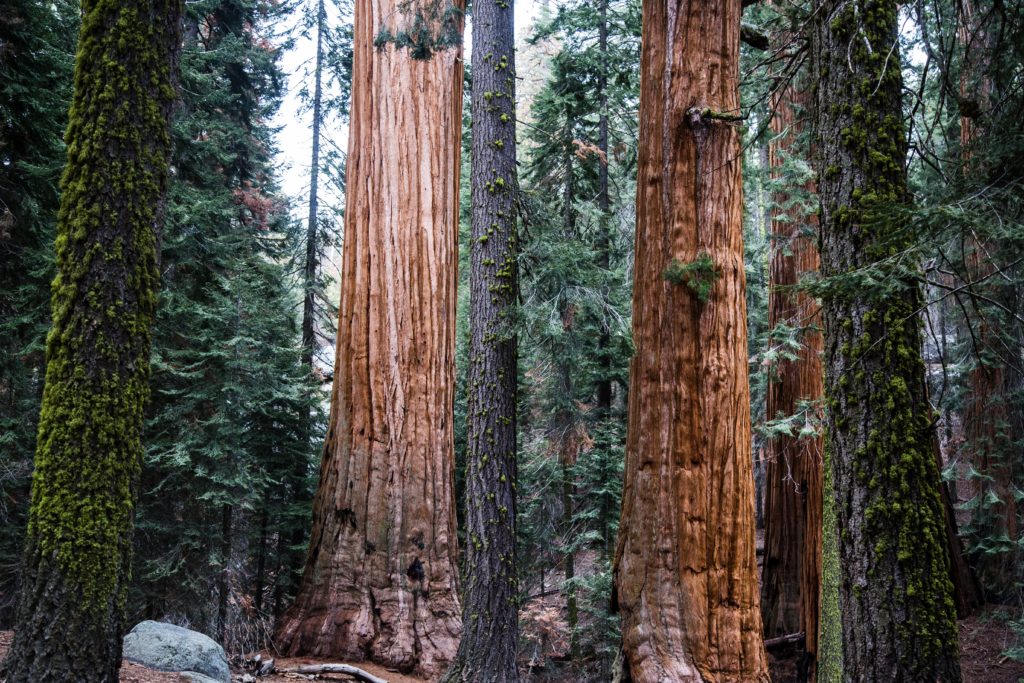
They are only found in a very limited area near the Sierra Nevada mountain range. It’s also important to note that many of the parks where you find giant sequoias are very busy with tourists and require hiking to access.
TIP: To find tons of hiking trails where you can see giant redwoods, download the AllTrails app!
If you want to see these beautiful giants, here’s where you can (north to south on a map):
- Calaveras Big Trees National Park
- Yosemite National Park
- Sierra National Forest
- King’s Canyon National Park
- Sequoia National Park
Where To Find Coast Redwoods
Coast redwoods (formally named sequoia sempervirens) are another species of redwood trees. While not as old (or as big around) as giant sequoias, these beauties can grow a bit taller. They can grow to be as tall as skyscrapers!
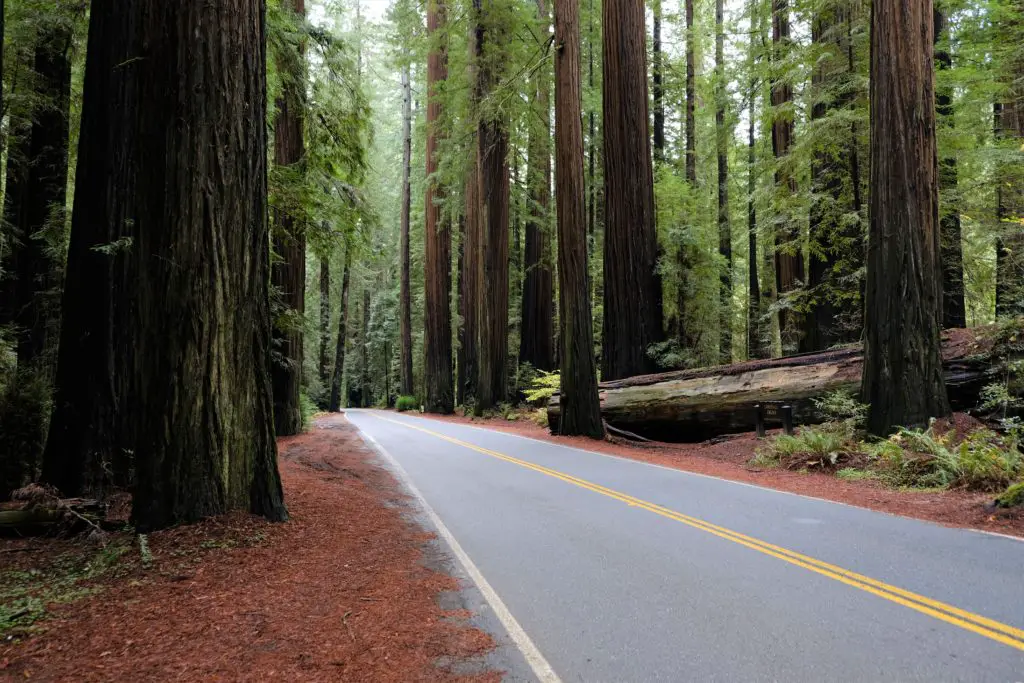
Something I found fascinating about coast redwoods is that their roots intertwine with the roots of the redwoods around them. They are essentially a support system for one another. Cool, right?
TIP: To get a great top-to-bottom picture of a giant redwood, use the “panoramic” setting on your phone or camera!
This type of redwood requires more moisture to thrive, so they’re found along the California and Oregon coastline. Many of the parks where you’ll find coast redwoods are smaller. They’re also a bit more spread out geographically than the giant sequoias are. Here’s (north to south on a map) where you can find them:
- Prairie Creek Redwoods State Park
- Redwood National and State Parks
- Avenue of the Giants
- Humboldt Redwoods State Park
- Montgomery Woods State Park
- Hendy Woods State Park
- Armstrong Redwoods State Natural Reserve
- Muir Woods
- Big Basin State Park
- Henry Cowell Redwoods State Park
- Pfeiffer Big Sur State Park
- Limekiln State Park
The Tallest Redwood Trees
If the tallest redwoods in California are what you’re searching for, you’ll want to head to Humboldt Redwoods State Park to see “Hyperion”. This coast redwood is 379 feet tall, making it the world’s tallest tree!
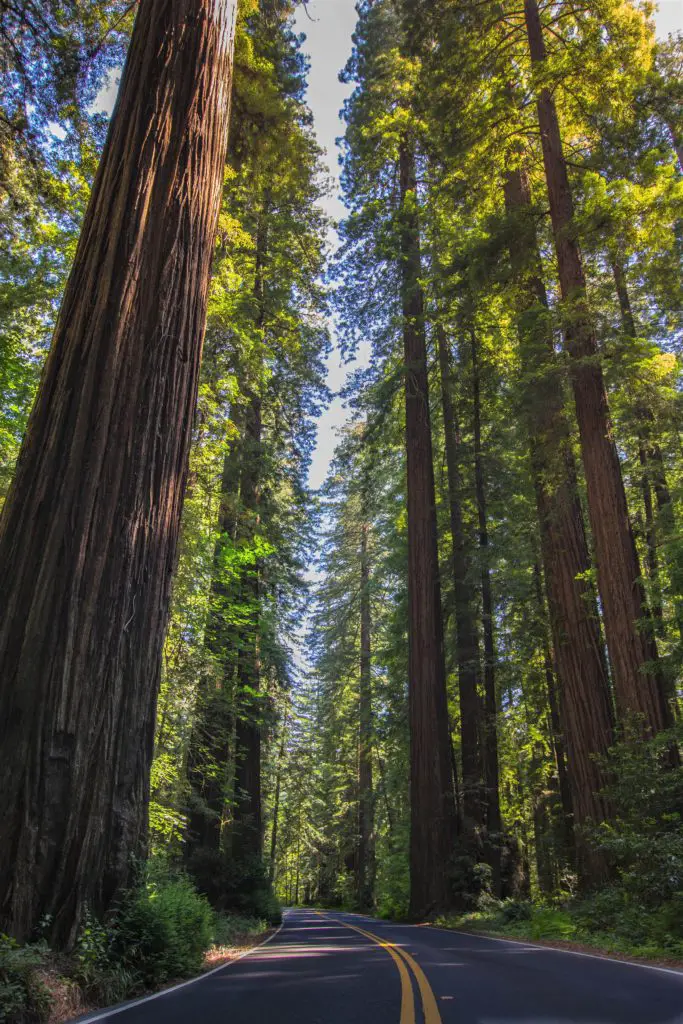
Now here’s the catch: the exact location of Hyperion remains a secret. Scientists haven’t revealed where to find it in order to preserve the area and not disrupt the environment. There aren’t even any trails to take you there!
The good news is, there are lots of other (almost) as tall redwoods that are pretty cool too:
TIP: Check out the Tall Trees Grove in Redwood National Park and the Foothill Trail Loop at Prairie Creek State Park to see other super tall redwoods!
The Biggest Redwood Trees
To see redwoods at their grandest, you’ll want to add “General Sherman” to your list. This giant sequoia wins the title of “Biggest tree in the world” due to its massive total trunk volume. It stands at 274 feet tall and over 36 feet in diameter at the base!
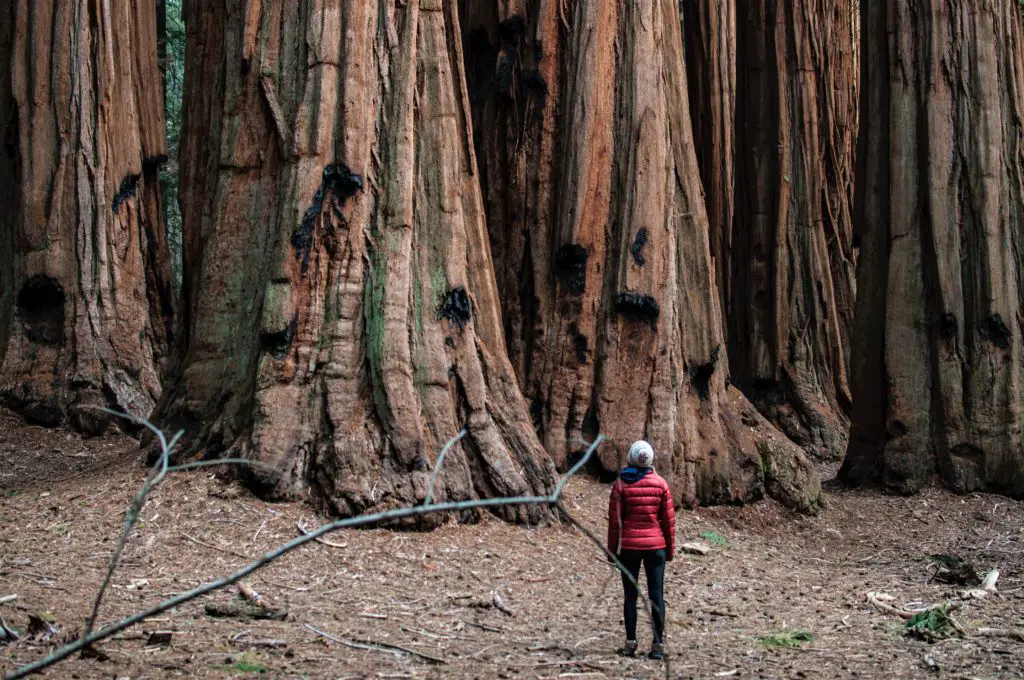
General Sherman is located in the Sequoia National Park, and luckily has a few trails leading out to it. So it’s definitely possible to see this one for yourself!
Its closest rival is the “General Grant” tree, located in nearby King’s Canyon National Park. Be sure to check it out too! It’s only slightly shorter and less wide than General Sherman.
Other Ways To Experience Redwoods
For a completely different experience (or if hiking isn’t really your thing), here are some really cool ideas to see the redwoods in California…
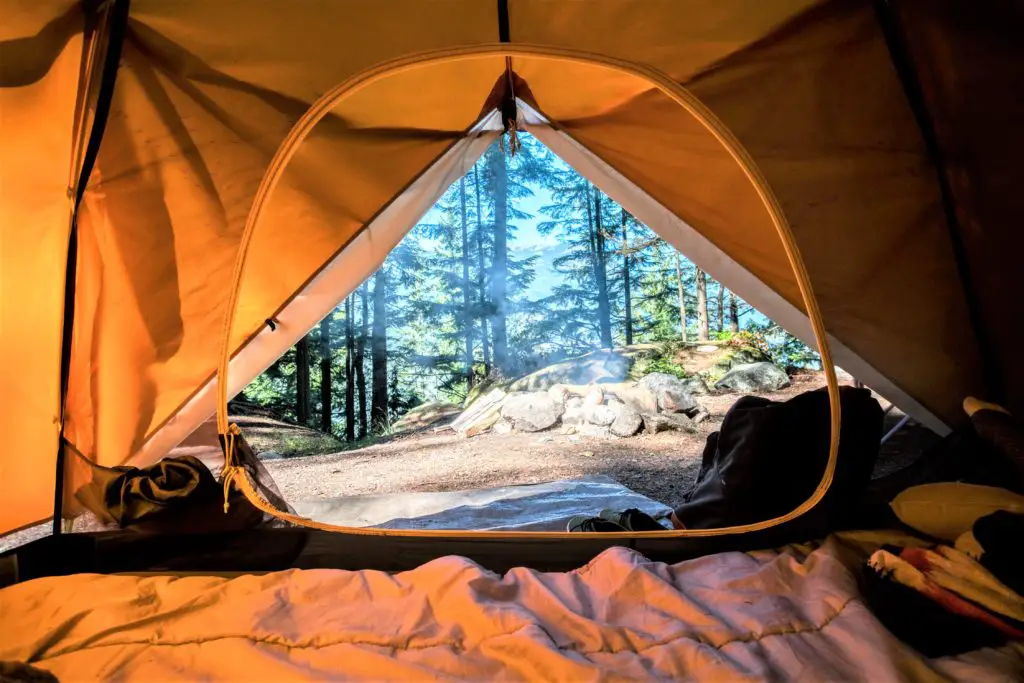
- Drive your car through a redwood! Here’s where you can do it
- Go on an aerial adventure in the treetops near Santa Cruz
- Try the redwood canopy walk at the Sequoia Park Zoo (coming in 2020)
- Take a scenic drive through the Newton B. Drury Scenic Parkway
- Go camping!
Advice for Your Redwood Trip
Ok are you super excited to get out there and see the redwoods for yourself? Of course you are! So here are a few more tips to get you started:
In terms of packing, a few essentials you’ll need are comfortable/sturdy hiking boots, a water bottle, and layers of clothing. I also brought a small backpack with first aid items, snacks, etc.
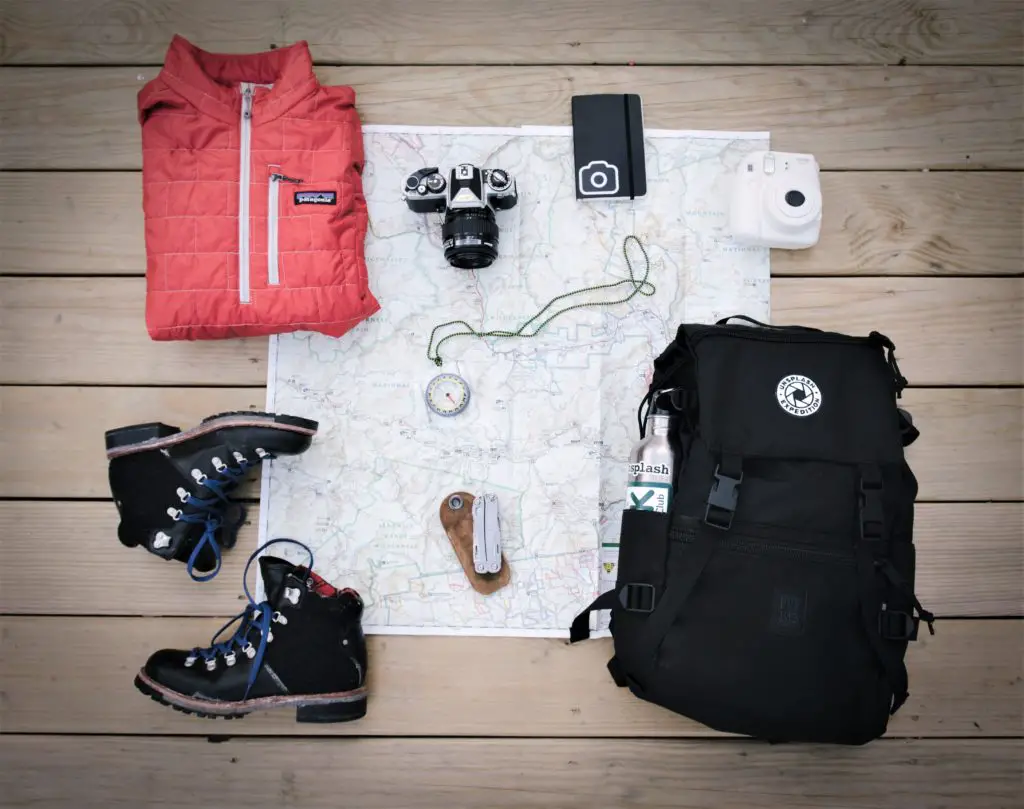
TIP: You will want to take tons of pictures and video, so have all your supplies with you and ready to go. Bring extra batteries!
TIP: Pick up a map at the Visitor’s Center – sometimes they charge a small fee but it’s helpful to have and also doubles as a keepsake!
How You Can Help
As magnificent as redwoods are, it’s sad to think that only about 5% of the world’s old-growth redwoods remain. If you’re interested in ways to help preserve the redwoods in California, here are a few places to check out:
- Save The Redwoods League
- Sempervirens.org
- NPCA.org
According to research, coast redwoods store more carbon dioxide than any other forest in the world. So please get out there and enjoy the beautiful redwood trees!
Consider Supporting The Blog (at no extra cost to you!)
If you found this post helpful, consider supporting Compass & Coastline by booking your next accommodation by clicking on the link below. Trivago is awesome because they do all the legwork for you, and you don’t have to search through tons of sites to find a good deal. One cool feature is that you can search by landmark. For example, maybe on your redwoods trip you want to stay near a certain park (like Pfeiffer Big Sur State Park, for example) . You can type that into the search to make sure you find a hotel close by. Cool, right? If you use the search below to make a reservation, I’ll receive a small commission at no cost to you, which helps me produce travel content just like this. Thank you for supporting me!
I hope this post inspired you! Weren’t you surprised by how many different places there are to see giant redwoods in California? You truly have your pick of lots of different parks and reserves. Happy exploring!
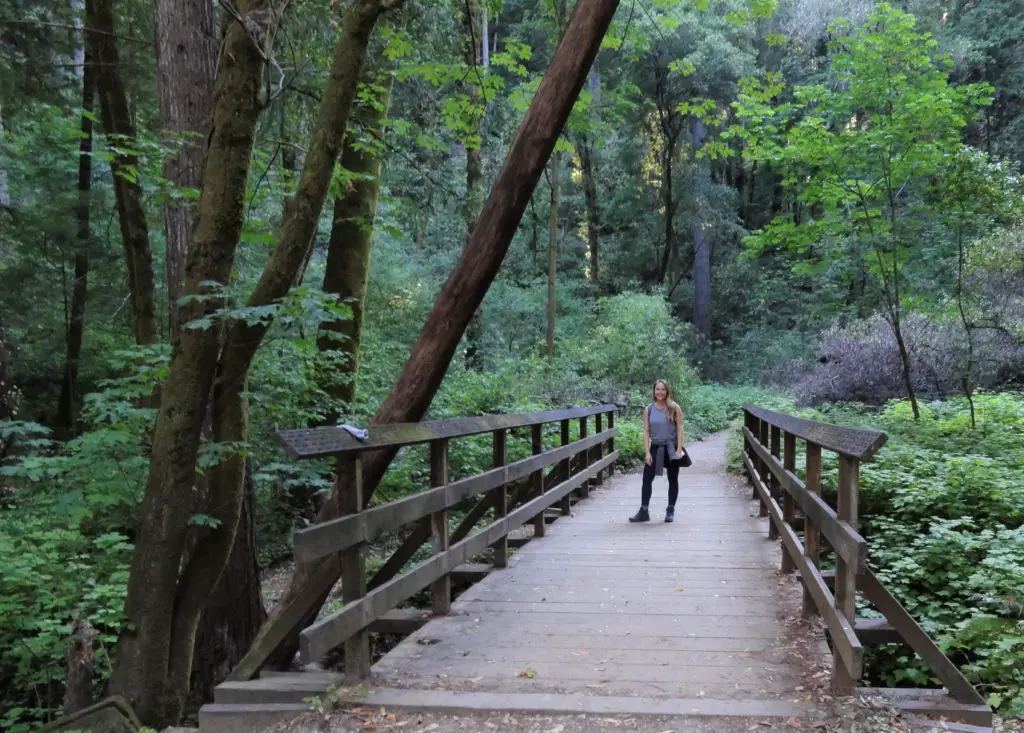
If you have other questions about seeing the redwoods in California, comment below and let’s chat…





1 Comment
Yosemite s Mariposa Grove of Giant Sequoias is the national park s largest redwood grove. It contains about 500 mature trees. You can see some of them from the road and parking area, but it s more fun to get out and walk among them. Most visitors choose a 0.8-mile hike from the parking lot to the Grizzly Giant and California Tunnel Trees, which has about 500 feet of elevation gain. On summer days, the small parking area closes periodically when full. To avoid that, you can take the free Wawona-Mariposa Grove shuttle. Yosemite National Park is less than a four-hour drive east of San Francisco.